Are pilots allowed to sleep during flights?
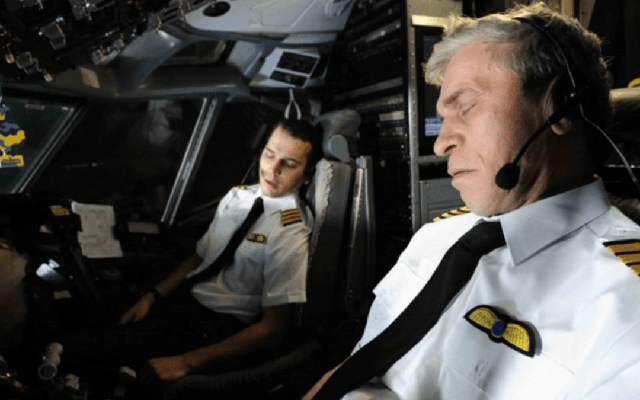
In fact, allowing pilots to sleep on the plane helps them maintain the necessary physical and mental health to ensure safe flights.
Recently, the incident involving two Indonesian pilots being suspended for falling asleep at the wheel, causing their plane to veer off course, has attracted significant public attention.
Batik Air, an airline belonging to the Indonesian Lion Group, has suspended two pilots who fell asleep while piloting flight 6723 carrying 153 passengers from Kendari, Sulawesi province to Jakarta on January 25.
According to the Indonesian National Transportation Safety Committee (NTSC), about half an hour after takeoff, the captain said he wanted to rest, and the co-pilot agreed. The co-pilot took control of the aircraft but then fell asleep as well.
Twenty-eight minutes after the co-pilot last contacted air traffic control, the captain woke up and discovered the plane had deviated from its original route, but fortunately, it still landed safely.
In fact, some countries allow pilots to sleep in the cockpit, while others—like the US—prohibit this practice and only permit rest when a replacement pilot is available.
A flight from the US to Europe typically has three pilots. At any given time, there are at least two pilots in the cockpit, with the third pilot resting. Longer flights may have four pilots assigned to work in pairs.
Hassan Shahidi, President and CEO of the Flight Safety Foundation, said scheduled rest periods are "tightly managed" and "an important practice for long-haul flights."
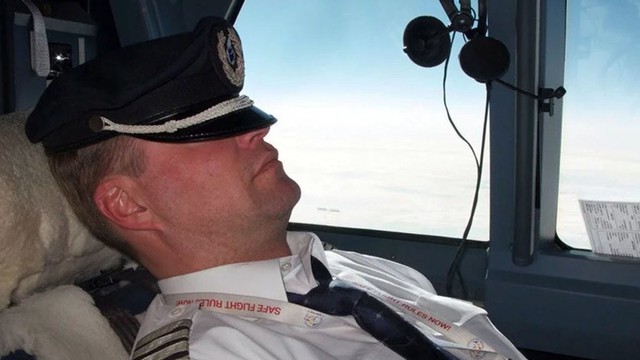
In fact, regulations allowing pilots to rest while working vary from country to country. Photo: Pixabay
However, another type of rest for pilots—prohibited by the U.S. Federal Aviation Administration—is short naps in the cockpit, known as "controlled rest."
Some countries, such as Canada and Australia, allow pilots to take "controlled rest" in the cockpit, with strict requirements to help reduce fatigue during flight.
The International Civil Aviation Organization (ICAO) states that pilots should take naps in the cockpit, if permitted; this is typically applied to short-haul flights without rest areas. In such cases, the pilot will inform the crew that a short nap is planned, allowing the rest of the crew to check on the situation after a certain period of time.
Even for airlines that allow napping, it has to be carefully planned, not just spontaneous short naps.
Canada stipulates that "controlled rest periods" must last 45 minutes or less, take place during the flight, and end at least half an hour before the start of landing. The regulations also state that "only one crew member may take a rest period at any given time."
Meanwhile, the U.S. Federal Aviation Administration (FAA) has strict regulations regarding rest periods: pilots are not allowed to fly more than 30 hours in 7 consecutive days or 100 hours in a month. Pilots must have 9 hours of continuous rest before a flight of less than 8 hours and 11 hours of rest if the flight is 9 hours or longer.
If permitted, how would pilots sleep while flying?
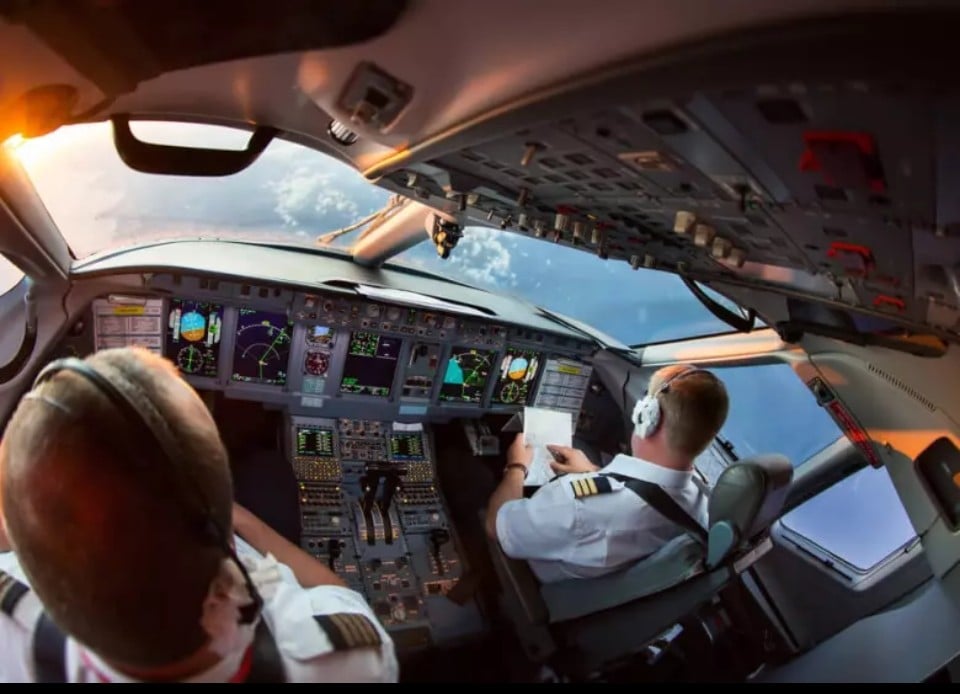
Pilots have to take turns resting on long-haul overnight flights.
Pilots' sleeping arrangements can be categorized into two types: controlled rest and sleeping in a bed. For controlled rest, pilots sleep in the cockpit; for sleeping in a bed, they are permitted to leave the cockpit and go to the passenger cabin (a pilot's seat in first class or business class) or a dedicated "secret" sleeping area for the flight crew.
This is common practice and standard throughout the aviation industry because rest and sleep have been proven to improve flight safety. This ensures pilots get enough rest and are prepared for the most demanding tasks of a flight, such as landing.
Controlled rest or sleeping in the pilot's bed is common on long-haul overnight flights, especially around 4 a.m. Long-haul wide-body aircraft often have secret sleeping quarters for the crew, unknown to passengers.
One of the two pilots on a flight must always be awake to handle situations, machinery, and equipment. However, on some long-haul flights, there are around 3 or 4 pilots so they can share the opportunity to rest appropriately, ensuring each person gets adequate rest during the flight.
After takeoff, the first pilot (the one who performed the takeoff) will rest or sleep for a certain period of time, then the shift will be rotated to another pilot. The remaining work time is distributed evenly among the crew until about one hour before landing, when everyone must gather in the cockpit.
Controlled rest periods allow pilots to sleep for up to 45 minutes whenever the workload during a flight is low. This helps pilots stay alert during more critical moments of the flight, according to Flightdeckfriend.com. However, the ideal controlled rest period is around 10-20 minutes; sleeping for 30-60 minutes can lead to grogginess and nausea upon waking.
There are established rules for pilots taking rest periods during flight, such as: Controlled rest must be discussed jointly by both pilots, and only one pilot is allowed to sleep while the other remains awake; sleep must be taken in that pilot's seat; and the seat must be pulled back away from the controls.
There is a risk that the pilot assigned to a mission who is awake may fall asleep. To avoid this, other crew members must maintain constant communication with the pilot. For some types of aircraft, there will be an alert button if certain controls are not touched for a period of time.
Source: https://giadinh.suckhoedoisong.vn/phi-cong-co-duoc-phep-ngu-trong-nhung-chuyen-bay-dai-may-bay-dang-cho-day-hanh-khach-khong-172240520080150145.htm







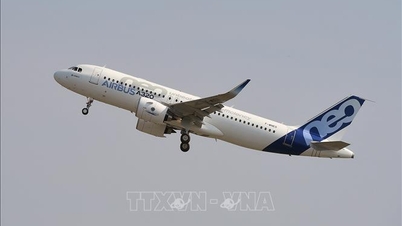

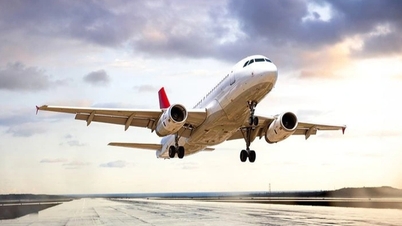




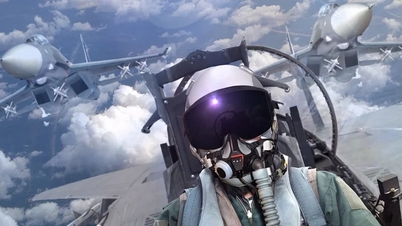




![[Video] Hue and Quang Ninh mark strong tourism growth](https://vphoto.vietnam.vn/thumb/402x226/vietnam/resource/IMAGE/2025/12/12/1765555481742_dung00-22-16-02still007-jpg.webp)





























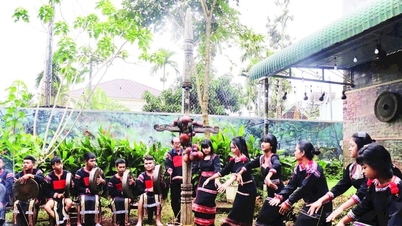







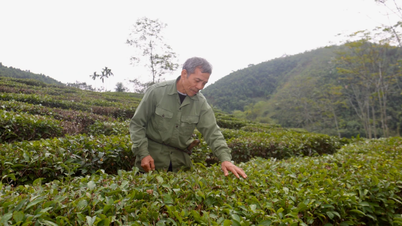










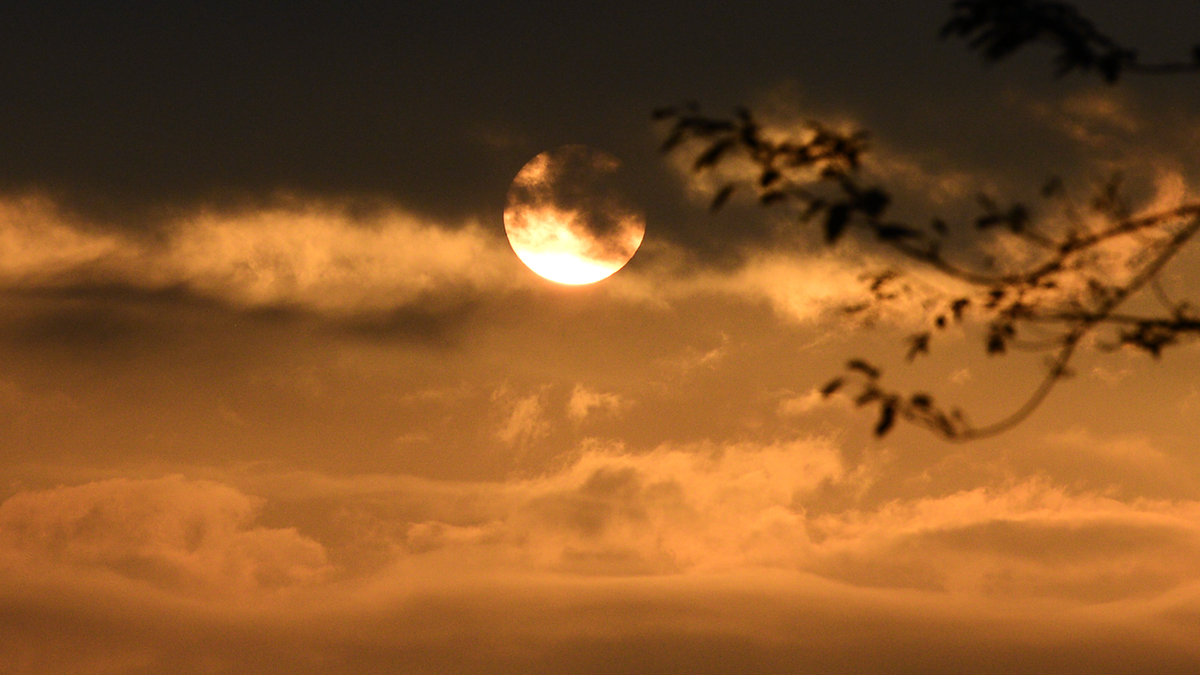



























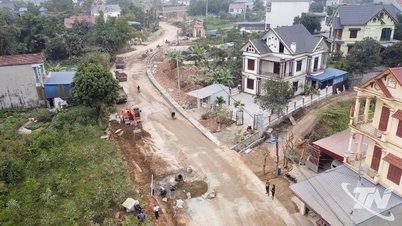














Comment (0)